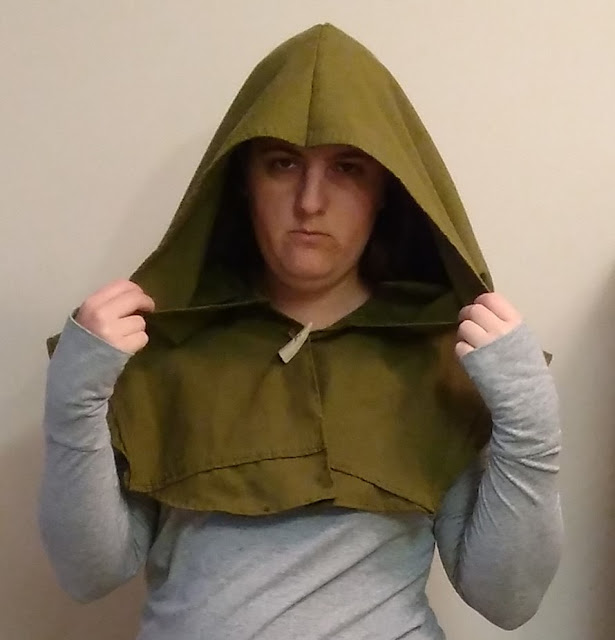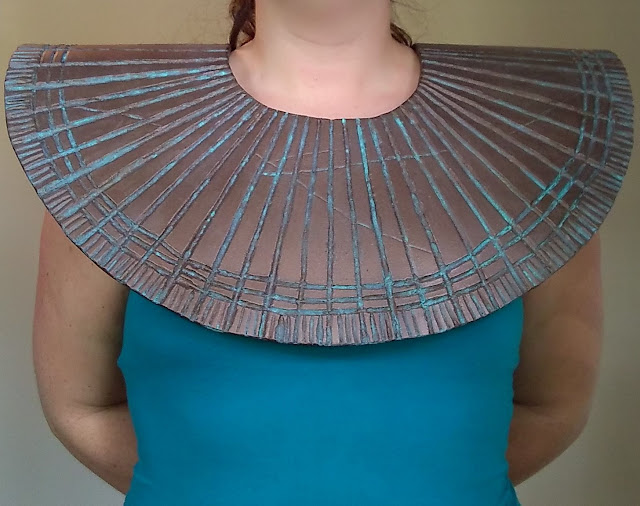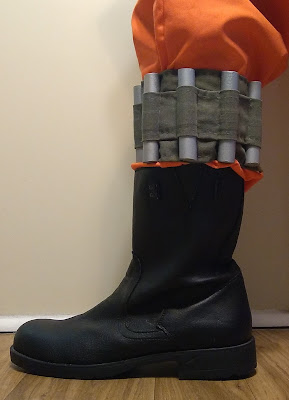The Wondrously Imagined Dinotopia
Since its first debut in 1992, the images and writings of James Gurney's Dinotopia continues to awe and inspire. Take a simple concept, that humans and dinosaurs can create their own symbiotic civilization in peace, and with a truly impressive level of detail and whimsy Dinotopia becomes a place just outside our reach that we'd all like to visit. So as we dive into a series of posts inspired by the dinosaur fiction, here are a few things that stand out for me about this particular lost world.
The Art
For the Dinotopia series, the art is what comes first, and it is what is remembered most. The incredible level of detail, colorful scenes, and remarkable subjects give us a window into a vibrant and wonderful place. There's a very careful balance of realism to fantasy going on here. In a Dinotopia scene, the level of detail in the people, dinosaurs, and textures leans toward reality. And while you'd think a painting would give our brains a reasonable doubt that this scene happened, the fact it is that as a painting it actually makes the dinosaurs even more believable. The people are so well-rendered, that when the dinosaurs and landscapes receive the same level of detail it makes it seem reasonable that everything might've existed in the same place and time. Contrast that with seeing a live-action actor interacting with an animation or bad CGI; they're in the same space but their different media makes it much more unrealistic.
Point is, the art is great and makes you feel like even if you can't be there, that it's plausible the place existed sometime, that it's being drawn from history. Gurney is particularly good at replicating this feel for a reason. Before making Dinotopia he had received degrees in archaeology and anthropology, and had freelanced as an illustrator for several articles in National Geographic to bring dinosaurs and ancient civilizations to life.
Usually for books to gain a following, the writing comes first and the art second. The words provide the inspiration, and then over the years artists of varying skill levels try to transform the written worlds that fill the mind into images we can all share. And from there the art can enhance the fame and success of the writing. For example, J.R.R. Tolkien's Lord of the Rings did not originally have illustrations, and yet became extremely popular. But from there the detailed and epic prose inspired artists like Alan Lee and John Howe for illustrated copies, which brought the work to new fans, and eventually influenced the work of entire art and production teams for the making of the films. But Gurney's work reminds us that, going back to what we learned as children with picture books, the art itself can inspire the writing. This isn't unique to Dinotopia (another example would be Doug Chiang developing the art that would eventually become the book Robota with Orson Scott Card), but few works can rival the long-held recognition Gurney is able to achieve with Dinotopia.
World-Building
But though the art may have been the beginning of it, carefully constructing the world the images belong to has enabled it to grow and endure. In the original books we arrive in Dinotopia as castaways Arthur and Will Denison. Arthur Denison is our point-of-view character, a Victorian-era naturalist, and it's through his journal entries and drawings that we glean such careful observations of this strange place. That framework allows us to discover Dinotopia piece by piece, and allows us to pick up answers to basic questions through cultural immersion. It's very absorbing, to the point where only the loosest of plots is needed to keep things together. And like the art style giving credence to the fantastical, the utopian ideals become more believable by the details.
In the first book Dinotopia: A Land Apart from Time we get a general idea of how the world works, that humans in this land have learned lessons of humility and coexistence from dinosaurs, resulting in an egalitarian and pacifistic society. Government is small and localized, but the greater authority remains with those who study and protect the ecosystems. As many dinosaurs willingly take on heavy labor and transportation, the level of technology remains more artisanal than industrial. Sunstones provide Learning, creativity, and diversity are highly valued, while greed, violence, and poverty are virtually nonexistent. And while radical changes and ideas from outside Dinotopia are viewed with caution, newcomers are still welcomed and encouraged. It sounds to good to be true, so details and texture are added to make it more realistic. Maps and alphabets help, but descriptions of daily life are vital. What do they eat? How do they send messages? How long do humans live here? How do they reckon time? How do they keep the streets clean? Not everything needs to be explained, but the peppering of details breathes life into the work.
In the first book Dinotopia: A Land Apart from Time we get a general idea of how the world works, that humans in this land have learned lessons of humility and coexistence from dinosaurs, resulting in an egalitarian and pacifistic society. Government is small and localized, but the greater authority remains with those who study and protect the ecosystems. As many dinosaurs willingly take on heavy labor and transportation, the level of technology remains more artisanal than industrial. Sunstones provide Learning, creativity, and diversity are highly valued, while greed, violence, and poverty are virtually nonexistent. And while radical changes and ideas from outside Dinotopia are viewed with caution, newcomers are still welcomed and encouraged. It sounds to good to be true, so details and texture are added to make it more realistic. Maps and alphabets help, but descriptions of daily life are vital. What do they eat? How do they send messages? How long do humans live here? How do they reckon time? How do they keep the streets clean? Not everything needs to be explained, but the peppering of details breathes life into the work.
Rambling aside, there's a lot of this detail that can be mined for costuming and craft ideas, whether you take inspiration from the books or the mini-series that followed. For more details on James Gurney's work visit his website:
http://jamesgurney.com/site/








Comments
Post a Comment